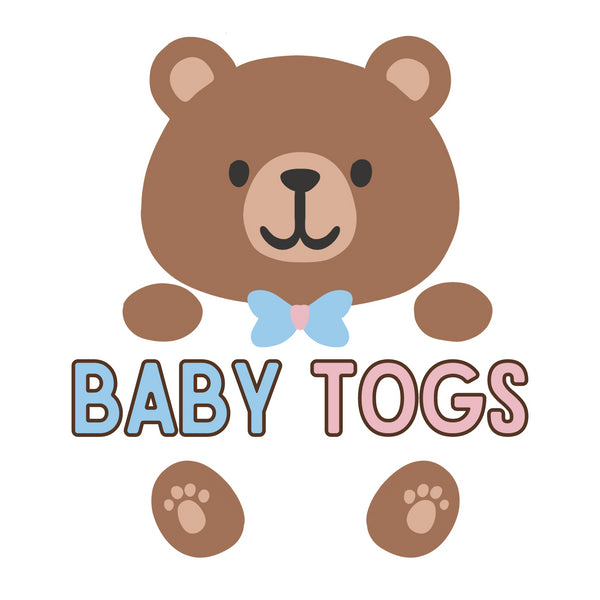Where did it all start? Baby Togs breaks down vintage baby clothes
Share
Where did it all start? Baby Togs breaks down vintage baby clothes
As a baby and children’s clothing retailer, I have found it quite fascinating to research the history of childrenswear and vintage baby clothes and to learn how it has influenced the way we dress our babies today.
Before the 19th century, babies were swaddled in a tightly bound wrap. This may have been made of linen and basically immobilised the baby in a tight hold, very different to the way we treat our infants today. The custom of swaddling babies meant that clothing was not really ‘on show’ as the baby was wrapped in a swaddle. The tightly bound wrap was intended to keep babies limbs straight and supported, as it was believed that not doing so would result in misshapen, bent limbs.
However, today’s swaddling is intended to keep the baby warm, comfortable, and sleepy. Babies should only have their body wrapped and not their neck or head, the idea being that they feel snug and secure, like how they felt in the womb.
The practice of swaddling was followed by a preference for loose clothing to allow movement, but colours were white or neutral. Vintage baby clothes were white so they could be bleached, and they were essentially gender neutral with the same styles worn by both baby boys or girls. If you look at an old family photograph of your ancestors you will see little boys of the past wearing ‘skirts or dresses’, which was simply the appropriate clothing for babies and young children. In fact, your family may own such vintage baby clothes, as christening gowns have been passed down generations of babies and are worn by a boy or girl.
Vintage Baby Clothes
Vintage baby clothes layettes primarily consisted of long dresses, undershirts, day and night caps, napkins, petticoats, nightgowns, socks and outerwear cloaks. Compare that with the layette of today’s newborn baby which consists of sleepsuits, bodysuits / vests, hat, booties and wrap.
Baby sleepsuits (or Babygro’s) were only invented in the 1950s by Walter Artzt. We take them for granted today, but they must have been quite revolutionary at the time of their invention.
As washing machines became popular and people shopped for ready-made clothing, rather than handmade traditional vintage baby clothes, coloured baby clothes became more popular. But colour specifications for boys or girls was not the norm.
When colours were assigned to baby boys and girls clothing, it was actually the opposite to today i.e. pink for boys and blue for girls. The June 1918 issue of the Infant’s Department, a trade magazine for baby clothes manufacturers, said, “There has been a great diversity of opinion on this subject, but the generally accepted rule is pink for the boy and blue for the girl. The reason is that pink being a more decided and stronger colour, is more suitable for the boy; while blue, which is more delicate and dainty is prettier for the girl.”
It was not until the 1940’s that the manufacturers settled on ‘Blue for Boys and Pink for Girls’.
Many styles of modern baby clothes are based on more traditional vintage baby clothes, such as cotton rompers with applique and embroidery or a gathered, smocked effect. We recently began stocking a traditional nightgown in a soft cotton fabric. It has a modern day envelope neck, so a modern twist on vintage baby clothes and I really was not sure how it would sell, despite falling in love with the simple style.
When the stock arrived, we discussed whether we would have dressed our babies in one? It really didn’t matter what we thought as we have sold so many, that we are having to reorder stock already. So, it really shows that we all love a bit of vintage where our babies are concerned!
